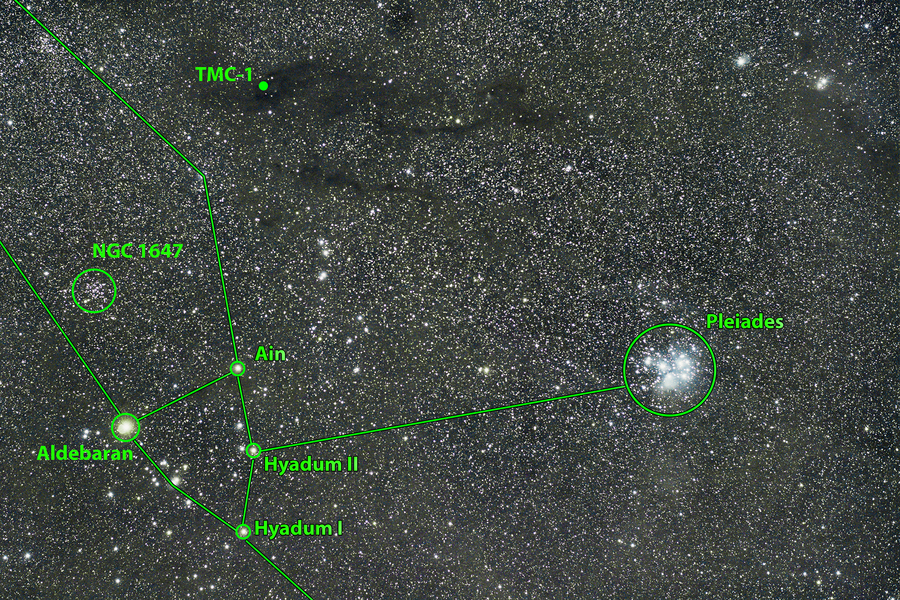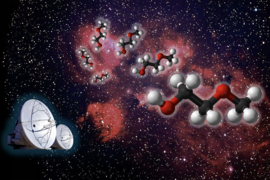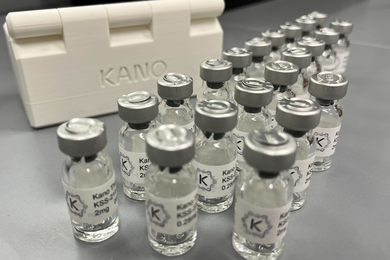Audio
MIT researchers recently studied a region of space called the Taurus Molecular Cloud-1 (TMC-1) and discovered more than 100 different molecules floating in the gas there — more than in any other known interstellar cloud. They used powerful radio telescopes capable of detecting very faint signals across a wide range of wavelengths in the electromagnetic spectrum.
With over 1,400 observing hours on the Green Bank Telescope (GBT) — the world’s largest fully steerable radio telescope, located in West Virginia — researchers in the group of Brett McGuire collected the astronomical data needed to search for molecules in deep space and have made the full dataset publicly available. From these observations, published in The Astrophysical Journal Supplement Series (ApJS), the team censused 102 molecules in TMC-1, a cold interstellar cloud where sunlike stars are born. Most of these molecules are hydrocarbons (made only of carbon and hydrogen) and nitrogen-rich compounds, in contrast to the oxygen-rich molecules found around forming stars. Notably, they also detected 10 aromatic molecules (ring-shaped carbon structures), which make up a small but significant fraction of the carbon in the cloud.
“This project represents the single largest amount of telescope time for a molecular line survey that has been reduced and publicly released to date, enabling the community to pursue discoveries such as biologically relevant organic matter,” said Ci Xue, a postdoc in the McGuire Group and the project’s principal researcher. “This molecular census offers a new benchmark for the initial chemical conditions for the formation of stars and planets.”
To handle the immense dataset, the researchers built an automated system to organize and analyze the results. Using advanced statistical methods, they determined the amounts of each molecule present, including variations containing slightly different atoms (such as carbon-13 or deuterium).
“The data we’re releasing here are the culmination of more than 1,400 hours of observational time on the GBT, one of the NSF’s premier radio telescopes,” says McGuire, the Class of 1943 Career Development Associate Professor of Chemistry. “In 2021, these data led to the discovery of individual PAH molecules in space for the first time, answering a three-decade-old mystery dating back to the 1980s. In the following years, many more and larger PAHs have been discovered in these data, showing that there is indeed a vast and varied reservoir of this reactive organic carbon present at the earliest stages of star and planet formation. There is still so much more science, and so many new molecular discoveries, to be made with these data, but our team feels strongly that datasets like this should be opened to the scientific community, which is why we’re releasing the fully calibrated, reduced, science-ready product freely for anyone to use.”
Overall, this study provides the single largest publicly released molecular line survey to date, enabling the scientific community to pursue discoveries such as biologically relevant molecules. This molecular census offers a new benchmark for understanding the chemical conditions that exist before stars and planets form.









